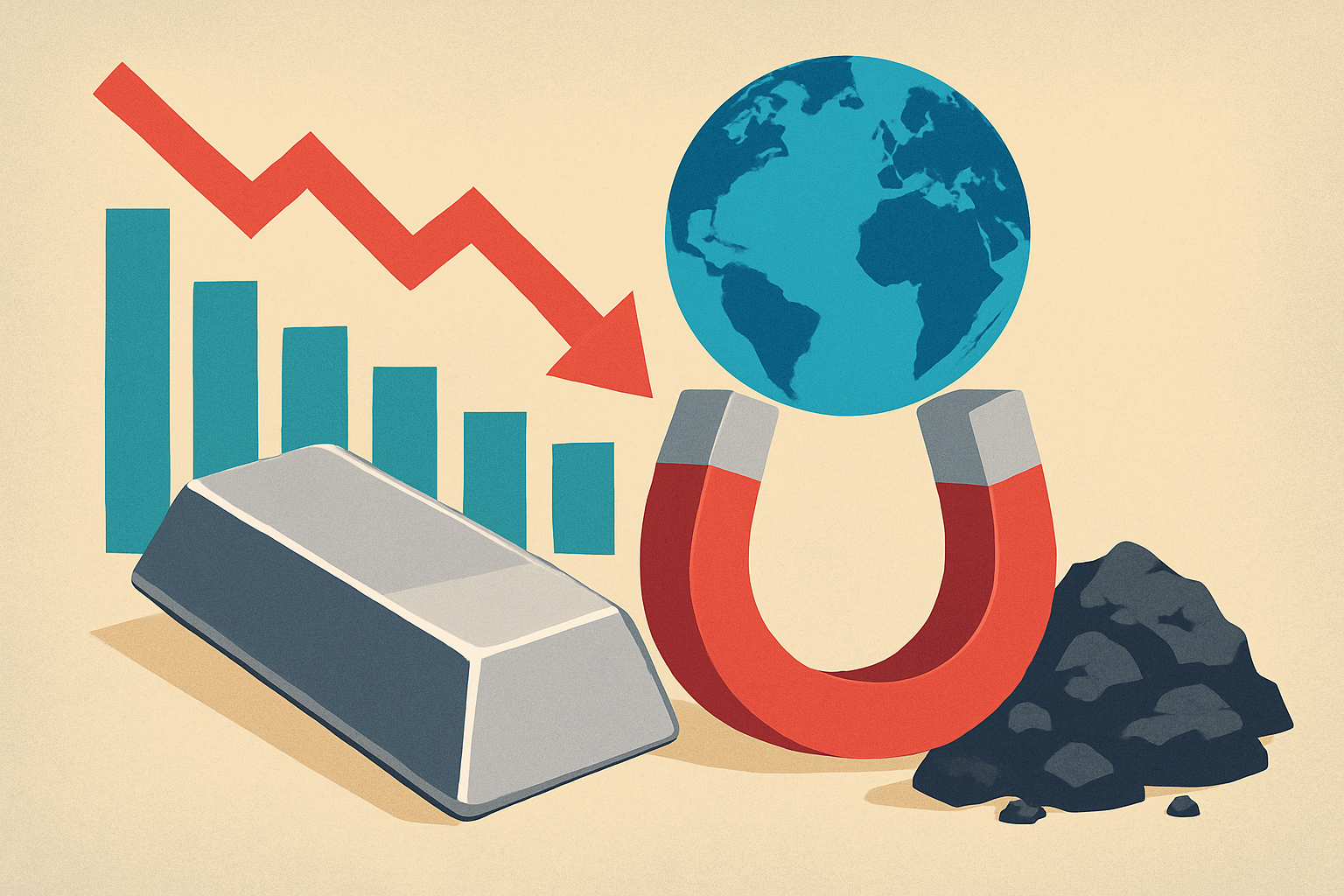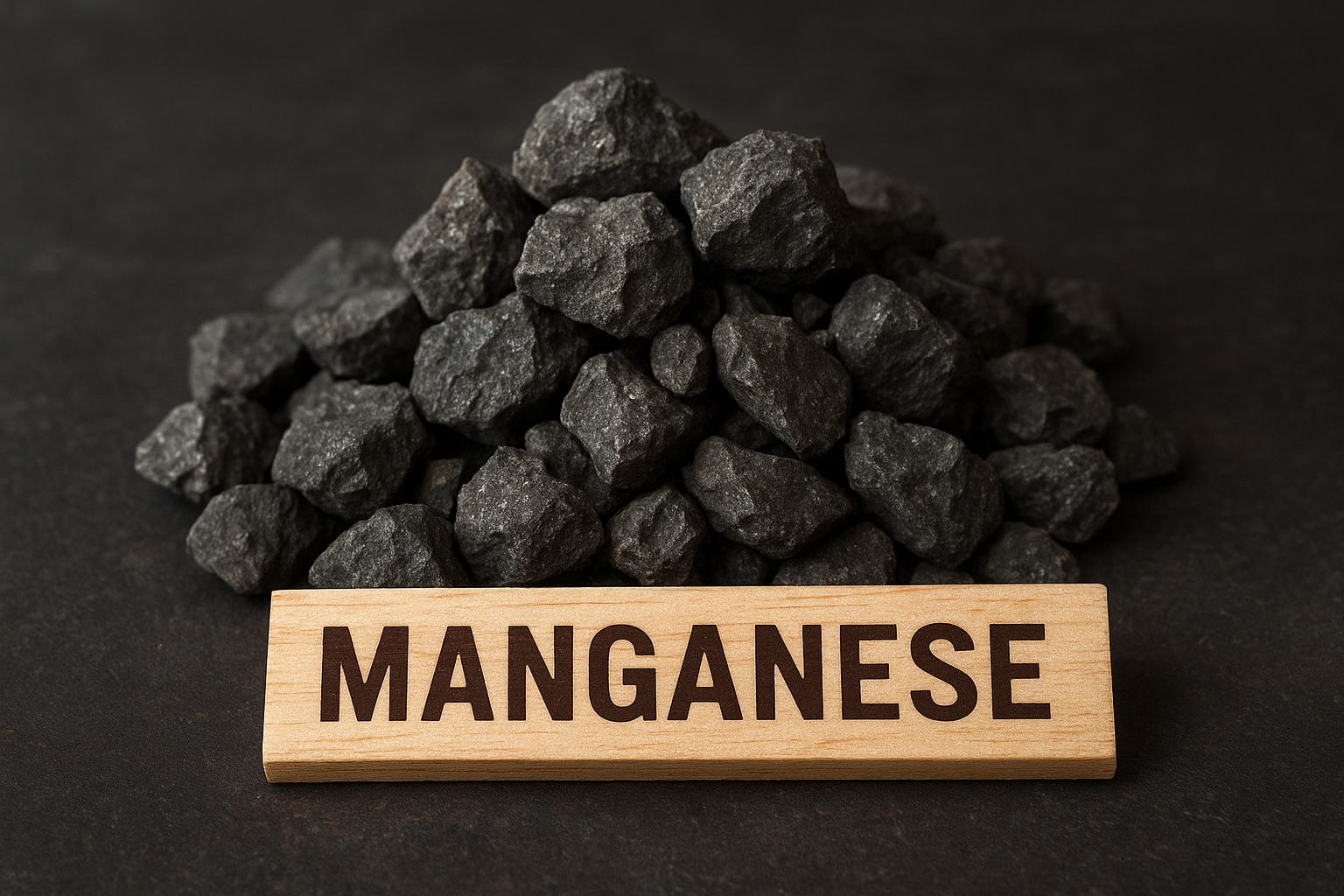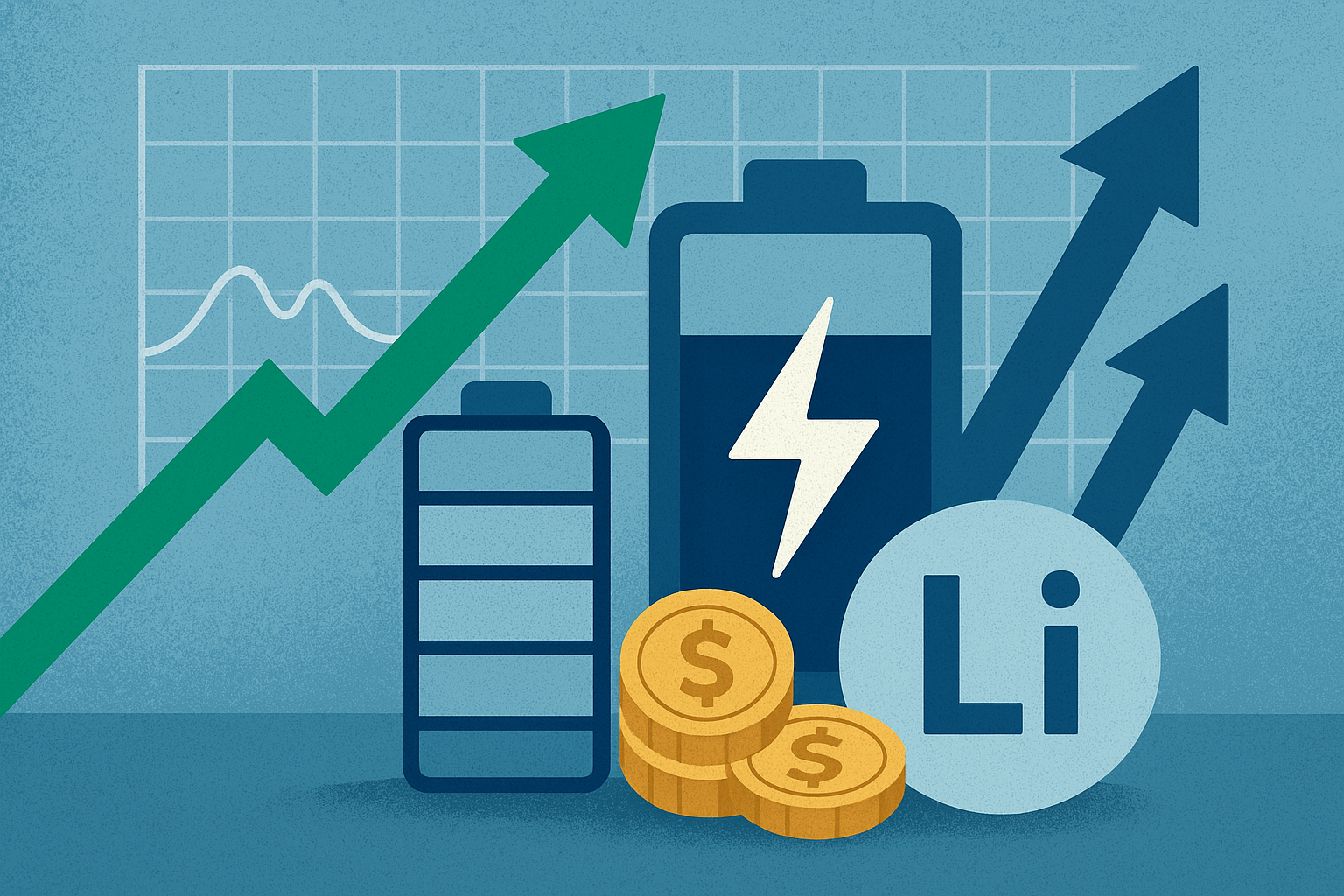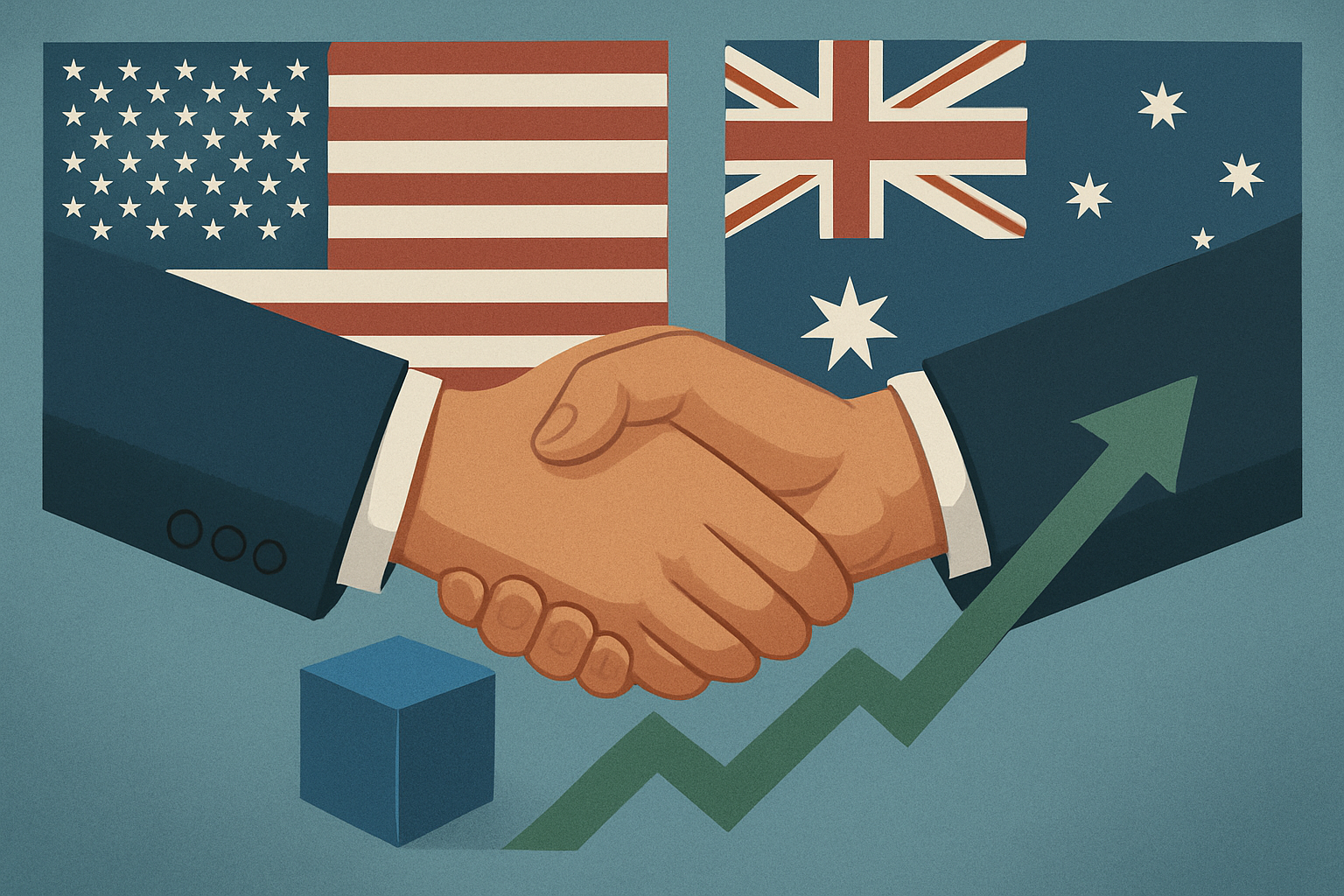Silver’s extraordinary run in recent months has thrust the metal back into the spotlight, with investors debating whether its momentum is sustainable—or a setup for a sharp correction. Now, Goldman Sachs has added fuel to that debate. In a newly released report, the investment bank forecasts that silver prices could extend their rally, driven by capital inflows and investor enthusiasm similar to those pushing gold to record highs.
However, Goldman also issued a clear warning: the market’s speed and speculative character could make silver one of the most volatile trades of late 2025.
Renewed Shine: Silver’s Rally Gains Global Attention
Silver prices have climbed dramatically this year, mirroring gold’s record-breaking trajectory. The metal is currently hovering near all-time highs—up more than 60% year-to-date, according to Mining Weekly—as global uncertainty, inflationary pressures, and central bank policy shifts drive investors toward hard assets.
Goldman Sachs’ analysts noted that “silver continues to benefit from cross-asset allocation flows”, with institutional investors increasing their exposure to precious metals as a hedge against volatility in equities and currencies. The bank emphasized that while the macro tailwinds remain intact, the near-term technical picture points to turbulence ahead, particularly as speculative flows dominate futures and ETF markets.
Recent ETF inflows—especially into physically backed silver funds—have reached multi-year highs, with data from Bloomberg showing more than 70 million ounces added globally over the last quarter. The surge reflects investor confidence in silver’s dual role: as both a monetary hedge and an industrial metal central to the global energy transition.
The Industrial Backbone: Energy Transition Keeps Silver in Demand
Unlike gold, silver has deep industrial utility. Roughly half of global silver demand comes from industrial applications, led by solar panel manufacturing, electronics, and EV components.
According to the Silver Institute, demand from the photovoltaic sector alone is projected to climb by over 20% year-on-year through 2026, fueled by aggressive renewable energy targets and the expansion of solar capacity in China, India, and the U.S.
Goldman’s report highlighted this structural tailwind:
“The industrial component of silver’s demand differentiates it from gold, providing a long-term growth anchor even when macro drivers fade.”
Yet the same industrial dependence makes silver sensitive to cyclical downturns. A slowdown in manufacturing or a pullback in green energy investments could easily puncture short-term momentum.
Why This Matters for Investors
The silver market has always been smaller and more volatile than gold, amplifying both gains and losses. This dual nature makes it a magnet for speculative trading and momentum-driven price swings.
For portfolio managers, silver remains an effective diversification play—especially amid inflationary pressures and currency devaluation trends. However, volatility management is key. Investors with short-term horizons should consider hedging via options or maintaining balanced exposure between gold and silver.
Meanwhile, miners and producers stand to benefit significantly from current price levels. Companies like First Majestic Silver (NYSE: AG), Pan American Silver (TSX: PAAS), and Hecla Mining (NYSE: HL) have already seen stock performance rebound as margins expand. Developers in lower-cost jurisdictions—particularly in Mexico and Peru—are drawing increased investor interest, as sustained high prices improve project economics.
Future Trends to Watch
1. Central Bank Policy:
Expect silver to mirror gold’s movements as investors anticipate potential Federal Reserve rate cuts in early 2026. A dovish policy stance could further weaken the dollar, supporting higher silver prices.
2. Solar Demand Acceleration:
The International Energy Agency (IEA) recently projected that global solar installations could surpass 500 GW in 2026. This will likely push industrial demand for silver higher, particularly if supply growth fails to keep pace.
3. Supply Constraints:
Several major producers have warned of declining ore grades and limited new discoveries. With most silver mined as a byproduct of lead, zinc, or gold operations, supply response remains inelastic—potentially amplifying price swings if demand accelerates.
4. Speculative Positioning:
Data from the CFTC shows net long positions in COMEX silver futures reaching their highest level since 2020. If sentiment reverses, the resulting liquidation could trigger short-term pullbacks of 10–15%.
Key Investment Insight
Silver’s long-term fundamentals remain bullish, supported by structural demand from renewable energy and deglobalization-driven investment in tangible assets. But near-term volatility could test investor discipline.
For those positioned strategically—using staggered entries, hedging tools, and exposure to quality miners—the current environment offers both opportunity and risk in equal measure.
As Goldman Sachs succinctly put it, silver’s story is “a balance between conviction and caution.”
Stay Informed with ExplorationStocks
With market sentiment shifting daily and industrial metals at the heart of the global energy transition, explorationstocks.com continues to deliver the insights investors need to stay ahead of the curve. Follow us for timely coverage on critical commodities, mining developments, and sector trends shaping the next generation of investment opportunities.






